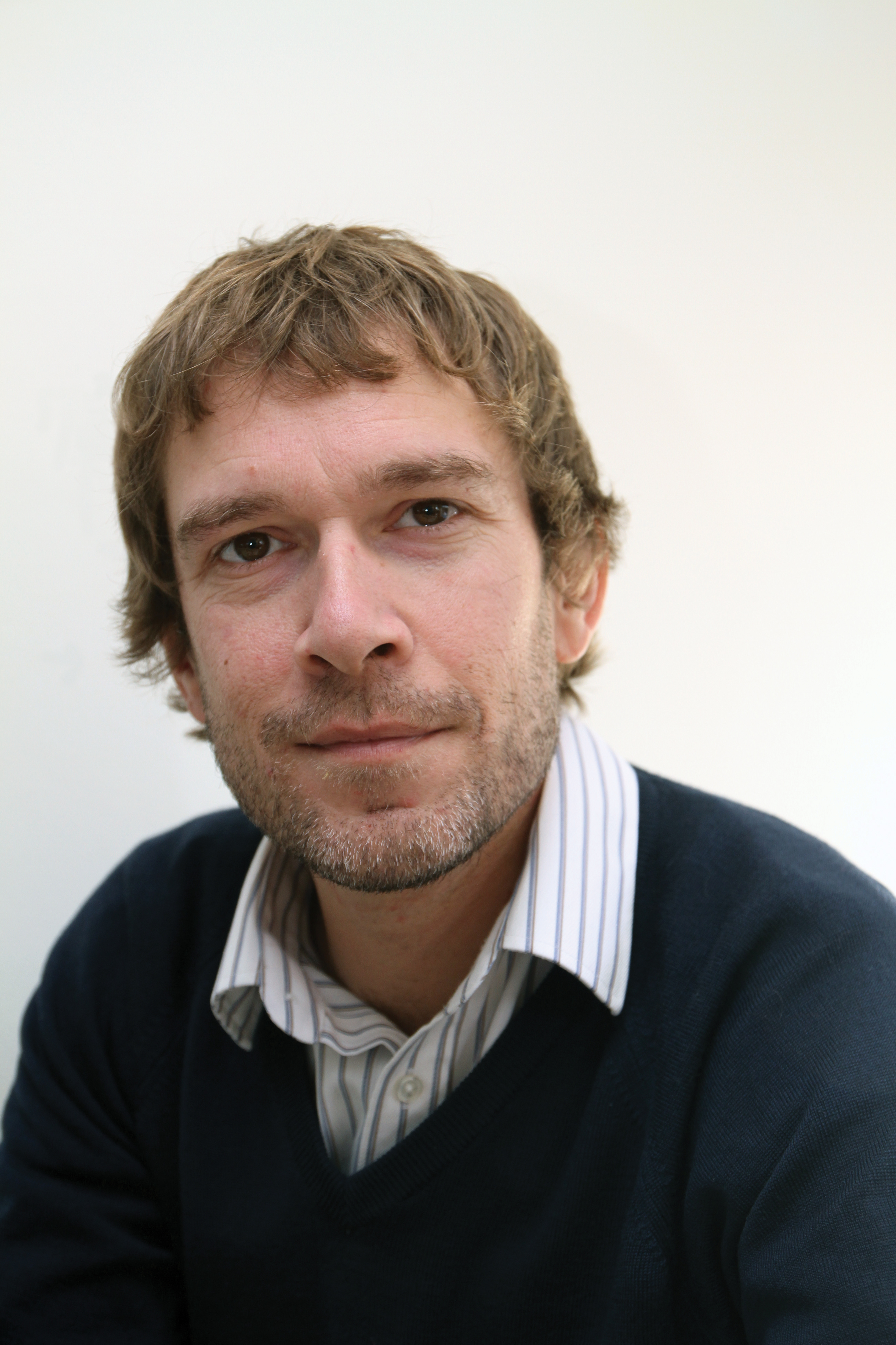
Jon Masters ITS International Editor
Technological progress has done many things for the good of mankind and, as is evident from this issue of ITS International, it has become fundamental for those needing to ‘sweat the asset’. You will not find that expression anywhere else in this issue, but you will discover a lot pointing to the crucial and expanding role for ITS in getting more out of existing infrastructure. IBM associate partner Michael Noblett puts this into context in our special smart cities feature starting on page 50. Noblett refers to traffic management systems and how comparatively few of the many installed are operating proactively – how rarely stochastic forecasting of traffic flow is used to anticipate congestion problemswith proactive management, or systems set to deviate from normal operation in response to live traffic conditions.
The metropolitan borough council of Barnsley in England is demonstrating what can be done to reduce congestion on existing roads, with a system of urban traffic control responding immediately and automatically to what’s happening at junctions. This has been done with relatively minor investment in physical ITS assets, but significant attention paid to analysis of data. As the council’s head of network management says, the money best spent is the relatively small amount being invested in189 Siemens’ work making Barnsley’s UTC ‘intelligent’. Imagine what Barnsley could do if it took this all the way to what Noblett is advocating, using data and analytics to ultimately prevent traffic queues and congestion building in the first place.
No apologies for the distinct favour of traffic control given to the large part of our smart cities feature. We found nothing to suggest traffic and transport are anything other than vital to the whole agenda. Certainly, many of the cities pushing forward with ‘smart’ initiatives have started at the point of addressing traffic congestion for reducing environmental problems and improving quality of life for citizens.
Management of road networks with UTC systems is an important first step taken by a number of cities, with large scale efforts to improve the efficiency of public transport with ITS, plus expansive plans and projects for raising cycle use and encouraging modal shift away from the car overall. There are high numbers of smart energy, water and other utility initiatives under way as well, but technology, communication and integration are the keywords. Knitting it all together, with separate departments cooperating under strong leadership and sharing common ICT platforms – that comes out as crucial. Transportation technology suppliers appear to be at the forefront.
Moscow is one of the world’s mega cities, with a problem of gargantuan traffic congestion to solve. Moscow’s authorities have recognised what ITS can do to help, as has Russia’s federal administration for modernising and enhancing the whole country’s transport infrastructure.
Russia’s relatively new organisation of ITS specialists – ITS Russia – has emerged from private sector partnerships formed to solve problems for industry. The apparent result is rapid emergence of solutions aimed at specific targets. ITS Russia’s roots can be traced back to Russia’s insurance industry and its efforts to introduce tracking and tracing of vehicles to reduce theft. It took just a couple of years for the resulting PAIRP organisation to get the whole system up and running. Now it looks like Russia will have its version of eCall in place and ready for launch at around the same time as other participating countries in Europe. National tolling of trucks or all vehicles may feature in the world’s largest country within just a few years from now. The suggestion is the Russia and its major cities will prove _fleet of foot in tackling traffic congestion and other problems with ITS over the coming years. With strong leadership and more sharing of knowledge and expertise developed elsewhere, perhaps it will be Russia that can sweat most from its assets. Jon Masters
The metropolitan borough council of Barnsley in England is demonstrating what can be done to reduce congestion on existing roads, with a system of urban traffic control responding immediately and automatically to what’s happening at junctions. This has been done with relatively minor investment in physical ITS assets, but significant attention paid to analysis of data. As the council’s head of network management says, the money best spent is the relatively small amount being invested in
No apologies for the distinct favour of traffic control given to the large part of our smart cities feature. We found nothing to suggest traffic and transport are anything other than vital to the whole agenda. Certainly, many of the cities pushing forward with ‘smart’ initiatives have started at the point of addressing traffic congestion for reducing environmental problems and improving quality of life for citizens.
Management of road networks with UTC systems is an important first step taken by a number of cities, with large scale efforts to improve the efficiency of public transport with ITS, plus expansive plans and projects for raising cycle use and encouraging modal shift away from the car overall. There are high numbers of smart energy, water and other utility initiatives under way as well, but technology, communication and integration are the keywords. Knitting it all together, with separate departments cooperating under strong leadership and sharing common ICT platforms – that comes out as crucial. Transportation technology suppliers appear to be at the forefront.
Moscow is one of the world’s mega cities, with a problem of gargantuan traffic congestion to solve. Moscow’s authorities have recognised what ITS can do to help, as has Russia’s federal administration for modernising and enhancing the whole country’s transport infrastructure.
Russia’s relatively new organisation of ITS specialists – ITS Russia – has emerged from private sector partnerships formed to solve problems for industry. The apparent result is rapid emergence of solutions aimed at specific targets. ITS Russia’s roots can be traced back to Russia’s insurance industry and its efforts to introduce tracking and tracing of vehicles to reduce theft. It took just a couple of years for the resulting PAIRP organisation to get the whole system up and running. Now it looks like Russia will have its version of eCall in place and ready for launch at around the same time as other participating countries in Europe. National tolling of trucks or all vehicles may feature in the world’s largest country within just a few years from now. The suggestion is the Russia and its major cities will prove _fleet of foot in tackling traffic congestion and other problems with ITS over the coming years. With strong leadership and more sharing of knowledge and expertise developed elsewhere, perhaps it will be Russia that can sweat most from its assets. Jon Masters












